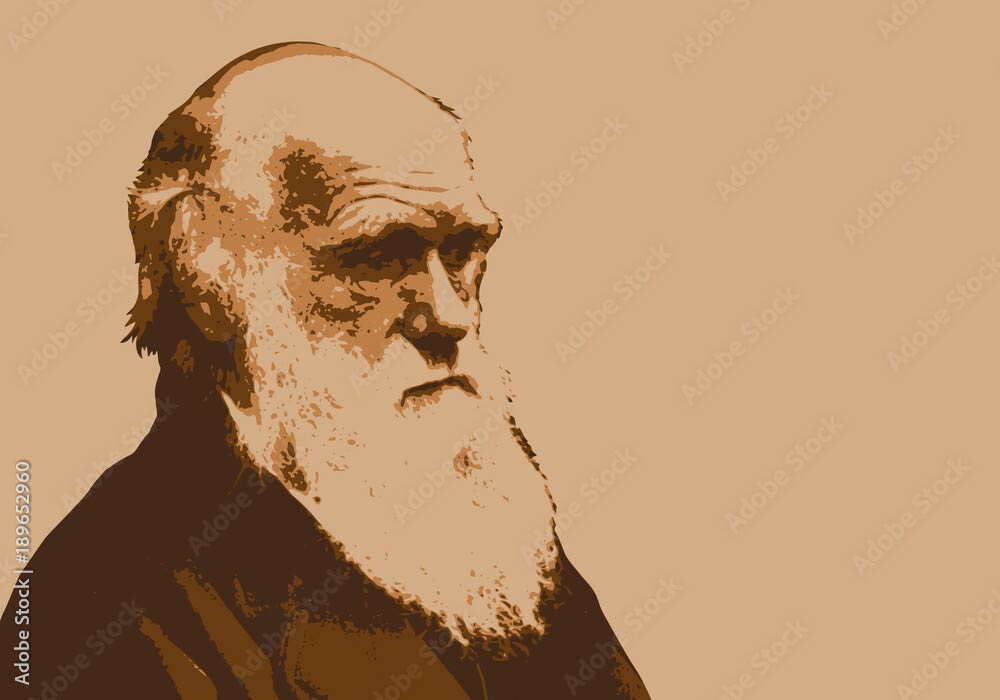Years ago, I was a biology major with thoughts of going to med school. Thankfully, I ended up switching to history, leaving the practice of medicine to others. Nonetheless, many of the lessons I learned during my “scientific phase” have stuck with me to this day: foremost among them the concepts underlying the theory of evolution. This in turn has resulted in my continuing to employ a kind of Darwinian lens when viewing the world as a whole.
Take the case of decorating. On the one hand, there is the continual struggle for economic survival among competing technologies; on the other, there remain a number of dramatically different technologies that continue to coexist due to their having found a way to occupy a variety of different economic “niches.” Embroidery, for example, both as a technology and a method of decoration has existed for millennia. Yet it survives, stronger than ever, thanks to its unique aesthetic and a long line of improvements in the way it’s executed.
Same thing with screen-printing. Originally developed by the Chinese back when in many parts of the world suggesting the Earth orbited around the sun could get you burned at the stake, it has not only persisted, but thrives, due its inherent strengths and, like embroidery, improved production methods.
Then, of course, there are the various new kids on the block: think cutting-edge “species,” like today’s heat-pressing machines, and DTF and DTG—the result of the latest advances in computing technology and/or chemistry.
As for what the future holds, who knows? That said, one thing we can be certain of is that, in the words of another one of the Western World’s great thinkers, the Greek philosopher Heraclitus, when it comes to decorating, the one thing that remains constant is change.
Updated Sept. 12, 2024





